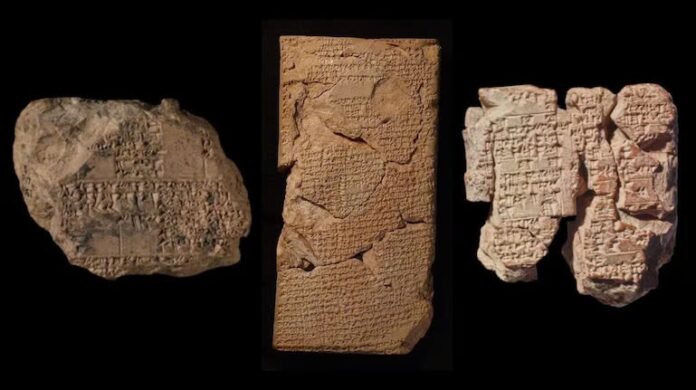Unveiling the Secrets of Cuneiform Tablets
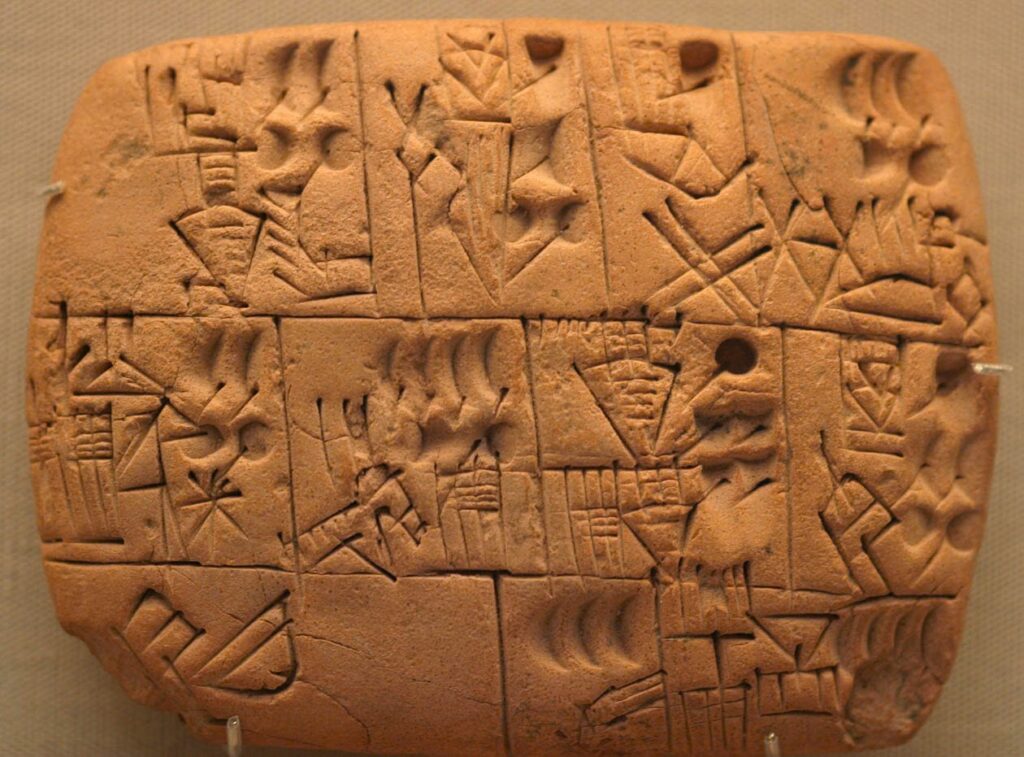
In a groundbreaking study, researchers have successfully deciphered 4,000-year-old cuneiform tablets, shedding light on ancient Babylonian beliefs about lunar eclipses and their prophetic significance. These clay tablets, discovered over a century ago in modern-day Iraq and now housed in the British Museum, contain some of the earliest known records of eclipse omens.
The Challenge of Translation
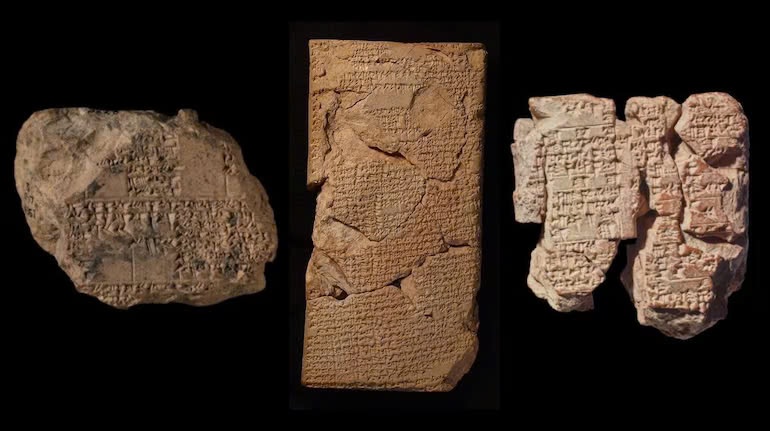
Despite the excellent condition of the four tablets, translating them proved to be a formidable task due to their antiquated Babylonian language. However, two scholars specializing in ancient languages and cultures – Andrew George, an emeritus professor of Babylonian at the University of London, and Junko Taniguchi, an independent researcher – have finally cracked the code, revealing the true meaning of these ancient messages.
Lunar Eclipses: Portents of Disaster
For the ancient Babylonians, lunar eclipses were far more than celestial spectacles; they were harbingers of impending calamity. The study of these ominous signs led to the creation of numerous manuscripts detailing the various portents associated with eclipses.
Decoding the Darkness
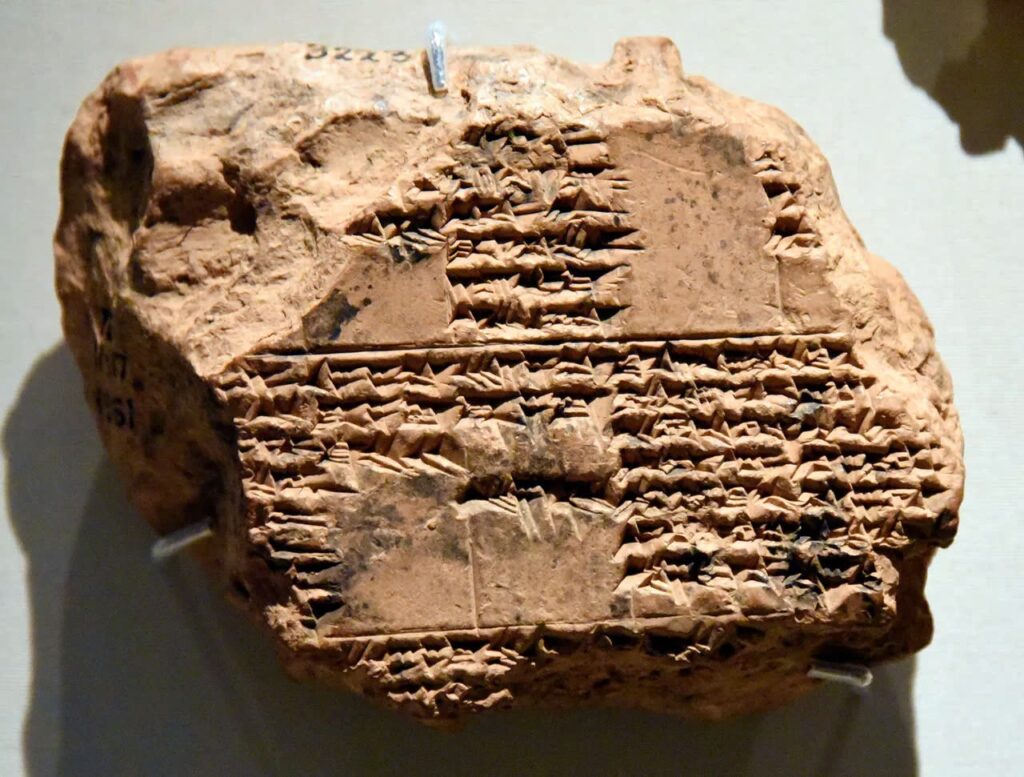
In their paper published in the Journal of Cuneiform Studies, George and Taniguchi present their translations and discuss how different features of eclipses were used as predictive tools. The tablets organize eclipse omens by time of night, shadow movement, duration, and date, offering insights into the concerns and anxieties of ancient Mesopotamian cultures.
Royal Destinies Written in the Stars
The deciphered omens reveal how royal advisors could foresee a king’s fate by observing the timing and characteristics of lunar eclipses. For instance, “an eclipse in the morning watch” was believed to signal “the end of a dynasty” in the city of Akkad.
Celestial Divination and Ritual Protection

In Babylonia and other parts of Mesopotamia, celestial events were thought to predict the future. Rulers would consult astrologers who compared their observations with omen texts. If a dire prediction was made, additional rituals, such as divination from animal entrails, would be performed to determine the extent of the danger.
Changing Fate
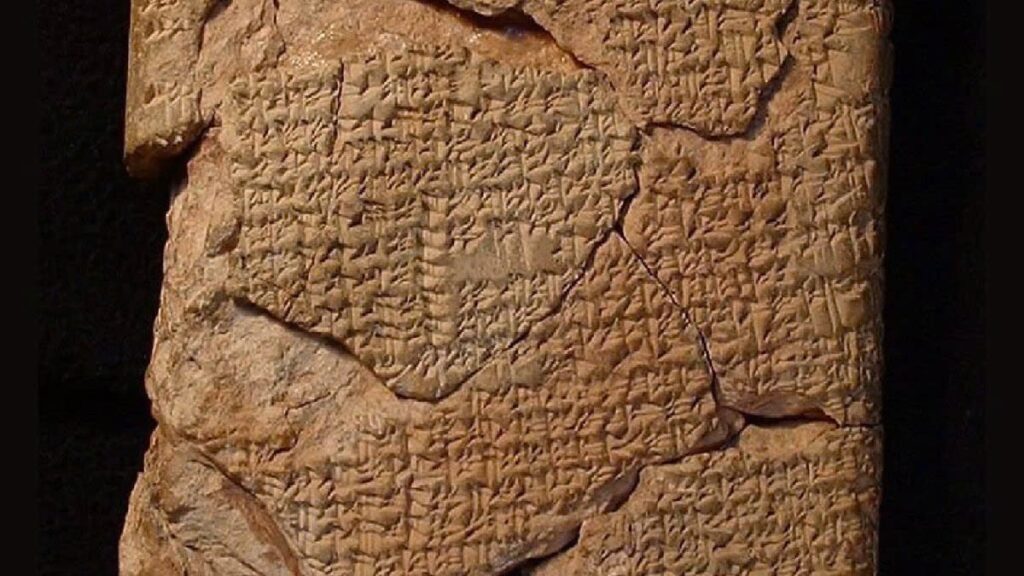
Importantly, these ancient texts also reveal that kings were not helpless in the face of unfavorable omens. Protective rituals could be employed to counteract the predicted misfortunes, reflecting the belief that the future could be altered through appropriate ceremonial actions.
A Window into Ancient Mesopotamian Culture

Believed to have originated in the ancient city of Sippar, these texts offer a fascinating glimpse into the complex interplay of astronomy, divination, and royal power in Mesopotamian society. By decoding these 4,000-year-old tablets, researchers have opened a window into the fears, beliefs, and aspirations of one of the world’s earliest civilizations.
